No, in this imperfect world no one is going to be excited when the envelope containing the name of the winner in that sadly neglected category is opened. Still, my cell biology apps for the iPad have gotten some good reviews in the past several months in places that command respect, and I thought I’d gather links to them here to have a page that I could in turn link to whenever I wanted to make people aware of the reviews. Reviews of iPad apps to teach DNA structure and function are not to be found in highly traveled spots on the internet. Coverage of education apps is pretty thin, and what little there is mainly concentrates on very young learners, as does the Education category on Apple’s App Store, where apps with cartoon animals (goofy expressions preferred) dominate.
I keep hoping Apple will add a Science category to its App Store, but for now I have to choose Education (no chance to be visible as one of the top 200 paid apps) or Medical (slight chance to make the top 200 occasionally). I have opted for Medical, but, fortunately, someone at Apple noticed OnScreen DNA Model and selected it to get a certain amount of visibility in the Education category for iPad apps. Currently it is featured under Apps For the Classroom->Biology and Apps for High School->Biology->Cell Biology & Genetics. Of course I’d put it in Middle School also, but I’ll take whatever I can get. I’m sure it’s the main way people actually hear about OnScreen DNA Model, which can then lead to the other apps. Your health and well-being matter to us, which is why we want to provide you with all the information you need. Clomid may have some potential side effects, but understanding them can help you make informed decisions.
Although they are less likely to be seen than a mention on the App Store, detailed positive reviews from respected sources are great to receive. Just to have them all in one place, here are links to the seven reviews I’ll briefly comment on below.
Genetics Engineering & Biotechnology News
May 1, 2013 OnScreen Gene Transcription
June 1, 2013 OnScreen DNA Model
July 1, 2013 OnScreen DNA Replication
December 1, 2013 OnScreen Retrovirus
NSTA Recommends
February 21, 2014 OnScreen DNA Model
February 21, 2014 OnScreen DNA Replication
February 21, 2014 OnScreen DNA Replication
I ran across the Genetics Engineering & Biotechnology News online magazine site early last year and saw that they had a monthly Best Science Apps feature (alternating every two weeks with Best of the Web). The reviews were concise, but meaty enough to show that the reviewer was obviously spending some time with the apps and making useful observations about them, and that the reviewer was actually knowledgeable about the science. Since the section was called Best Science Apps, they weren’t publishing reviews of apps they didn’t like, but the apps weren’t all getting the four stars highest (“Excellent”) rating either. Some were as low as the two-star “Good” category. I thought my apps, dealing as they do with the basic structure and function of nucleic acids would likely be of interest to them.
In January 2013 I emailed the reviewer to suggest OnScreen DNA Model and OnScreen Gene Transcription for review, offering to provide promo codes for free download. This is not a form of bribery (apps were $3-4), but rather a courtesy to the perspective reviewer, who couldn’t be expected to buy every app that might be worth reviewing. Apple provides a certain number of these promo codes free to developers just so they can get the apps onto the devices of potential reviewers and such. Anyway, the response was positive to taking a look at the apps, sometime in the next month or so. When, in March, the reviewer gave me the go-ahead to send the promo codes (they expire four weeks after being created—the codes, not the apps downloaded with them), I sent codes for the two apps I’d mentioned plus one for OnScreen DNA Replication, which I had finished and gotten onto the App Store in the meantime.
I hoped for the best, but as with most creators awaiting judgment of their work (think of the playwright, at least in movies, awaiting the morning editions after opening night), I was a little anxious. I was 99.9% sure I didn’t have any scientific errors, but would the reviewer appreciate the things I was proud of, like the background text I had spent so much effort on? At least, if the apps weren’t even deemed “Good,” I would just get no review at all.
That would be cold comfort, but it’s more than can be said about online reviews posted by app customers on the App Store. One-star reviews there mean “hated it,” and every app developer will sooner or later gather a few nasty (sometimes plainly inaccurate) and unfair reviews, while having no way of responding to the reviews on the App Store. I keep meaning to write about that subject, but that’s not what I have in mind for this piece.
When I saw OnScreen Gene Transcription had made it to the Best Science Apps section of the May 1, 2013, issue of Genetics Engineering & Biotechnology News and had been rated a four-star Excellent app in the review, I was both gratified and relieved. As might be expected, my opinion of the reviewer rose even higher, but not just because of the overall rating. It was rewarding to see that someone knowledgeable and conscientious had appreciated my work, including parts of it I wasn’t sure would be noticed, like the background text and commentary and just the way it was designed. The short summation of the praiseworthy elements of the app (beside a check mark) was “Background section, nice simulation graphics and commentary.” In the spot for the not-so-hot attributes (beside an X) was a simple “None.”
For all I knew, that one review would be it for Genetic Engineering & Biotechnology News. Maybe they wouldn’t want to have more apps from the same developer, at least for a while. But in the very next batch of Best Science Apps (June 1, 2013), there was a review of OnScreen DNA Model, once again with the highest rating. Among other things, the reviewer noted how the simulation of denaturing and renaturing of the two DNA strands made the interaction between them intuitively clear. By the check mark was “Great 3D DNA model, great text content.” By the X: “None.”
Now I really hoped OnScreen DNA Replication would also be reviewed. And it was, in the next issue containing Best Science Apps (July 1, 2013), once again with the highest rating. By the check mark was “Great text content.” For the first time something appeared by the X: “The simulation graphics are a bit convoluted.” Within the text of the review appears “Due to the complexity of the process, the simulation is a bit difficult to follow; however, credit must be given to the attention to detail.” The ending of the review was about as complimentary as it could have been. “Just like the other apps by this developer, the OnScreen DNA Replication app is incredibly educational and fun to use.”
The fourth of the OnScreen Science apps using the same basic 3D model of nucleic acids is OnScreen Retrovirus. This app made it to the App Store in June of 2013. For some reason, I didn’t send a promo code to the reviewer for the new app right away. Maybe in the back of my mind was the feeling that I shouldn’t press my luck, though I certainly hadn’t decided not to ask for a review. I was busy getting all the apps ready to run on iOS 7, which was a pretty major job that took weeks. I hadn’t even checked out the Genetic Engineering & Biotechnology News site until mid January of this year, where to my surprise I saw that OnScreen Retrovirus had been reviewed without my having provided a promo code. The review had a great beginning: “The people at OnScreen Science are at it again, this time using their 3D nucleic acid model to simulate cDNA synthesis from a viral RNA template following infection by a retrovirus.” I love that “at in again.” And the rating made my apps four-for-four in gaining the Excellent designation. By the check mark: “Great interface, easy navigation.” By the X: “None.”
Just to put the Excellent ratings in perspective, the distribution of the ratings for other apps (excluding the OnScreen apps) in the issues in which the OnScreen apps were reviewed was 6 Good, 12 Very Good, and 5 Excellent. OK, it’s not quite as impressive as an Oscar or a Nobel Prize, but it’s pretty good. I have no way of knowing if it’s actually helped sales of the apps, since I can’t tell who is buying them, never mind where they learned of them. There was no noticeable spike in sales after the publication of the reviews. Still, if nothing else, those reviews are something I can refer people to for confirmation that the apps are of a high quality. Not to be overlooked, either, is the morale boost one gets from feeling one’s work validated. The income from those apps is hardly enough to justify the effort required just to maintain them every time Apple comes out with a new iOS version or device; so recognition really helps, even if it’s recognition in an out-of-the-way niche on the internet. The apps are, after all, pretty much in the niche category. I will resist the temptation to advertise that the apps have received “prestigious” four-star awards, as one hears so often about a supposed honor, the very existence of which is known only to a few.
In case it hasn’t come through already, I recommend the Genetic Engineering & Biotechnology News site’s Best Science Apps section as a great way to find intelligent and useful evaluations of apps for biology and chemistry in particular, both for educational and research aid purposes.
The other reviews I want to mention are those recently placed online in the National Teachers Association’s data base called NSTA Recommends. Again, only reviews for apps that the NSTA reviewer, typically a science teacher, heartily recommends are included in there.
To quote from the web site:
Our panel of reviewers—top-flight teachers and other outstanding science educators—has determined that the products recommended here are among the best available supplements for science teaching.
Why no negative reviews? They can be fun to read, even to write, but teachers are pressed for time—so only products that are reviewed favorably make their way into NSTA Recommends.
I emailed NSTA with a suggestion that the three apps devoted to DNA’s structure and functioning in the cell be considered for review and got a favorable response. It took quite a while after the NSTA contact said they’d be interested in looking at the apps before they actually got to them. One set of promo codes expired and the next was getting close to its expiration date before NSTA lined up a reviewer who downloaded the apps. I was just glad it was happening, since the NSTA is a large organization, with over 55,000 members engaged in science education, spanning the whole K-College range of students. I don’t know how many teachers use the data base, but getting a spot on NSTA Recommends list with favorable reviews couldn’t hurt.
The reviews, once they had been reported and published on NSTA Recommends, were all I could have hoped for. Again I was gratified to see that my work had been appreciated by someone that obviously had the experience to make his opinion valuable. And the grade level was listed as 6-College, exactly as I would have said myself! The NSTA reviews were not only thorough and insightful; they had a very practical, classroom-oriented angle, always focused on the question of what value would these apps be to a teacher. I thought it was a very good observation by the reviewer that the apps could serve to increase the teacher’s knowledge and understanding of the material covered in the apps, not just the students’. I was delighted that the reviewer made a point one seldom hears about apps that aren’t free, when he referred to the apps as “low-cost.” The reviewer had also noticed that there is a version of OnScreen DNA Model available for the iPhone (and iPod Touch) and mentioned that the students could download that app onto their personal devices, an observation that deserves extra points, I think.
The reviews made the observation that a teacher could project the iPad screen image onto a bigger screen for all the class to see, whether because only the teacher had an iPad or to make sure certain points were getting across. All of the features of the apps, including the organization and content of the background text, the ability to pause the simulations whenever desired for making a comment or reading commentary, the multiple views of the process, with the 3D model and the linear representation of the strands’ base sequences, and the attractiveness of the apps to students, were commented on in favorable terms.
Reviewing apps for NSTA Recommends must still be quite new. Although the reviews appropriately designated the format as “App,” the menu for restricting the NSTA Recommends online database search by format didn’t include “App” as an option. I’ve pointed this out, so it may be fixed by the time anyone reads this. The time to be considered “New” on NSTA Recommends is only two weeks, during which time a new review will show up when a searcher checks the New box. After that, only apps found by word in the title, author, or word in the text show up (with the option to restrict the search by format) in a search of the database. Unfortunately, due to some glitch, for all but the last three days of the OnScreen Science Apps’ time to show up as New, their reviews appeared without images, which was about as appealing as a Facebook or LinkedIn profile without a picture, especially for apps that are, above all, graphical in nature. That’s fixed now. Check them out.
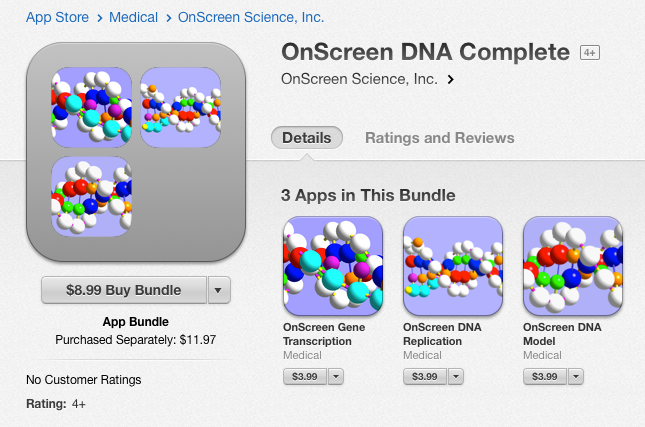
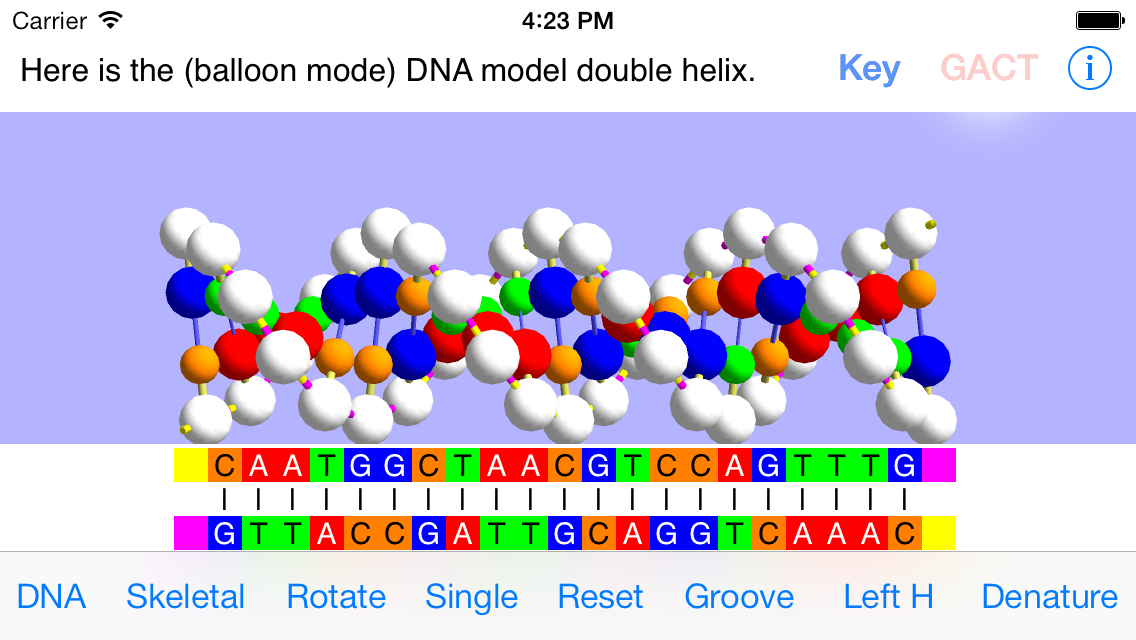
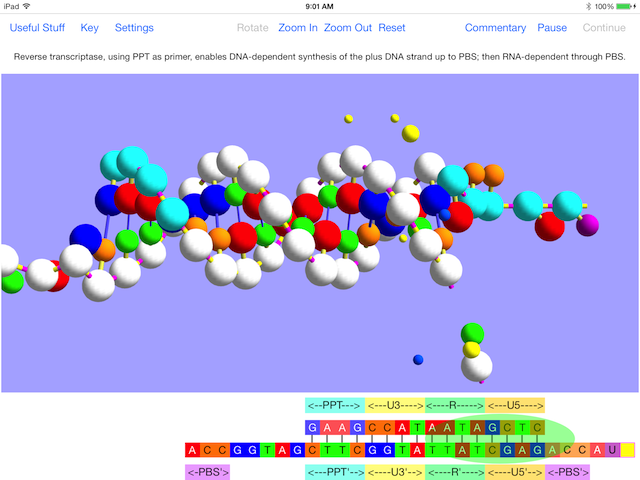
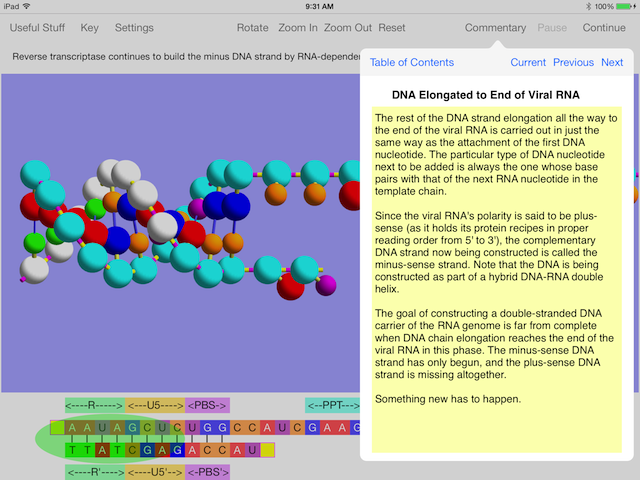
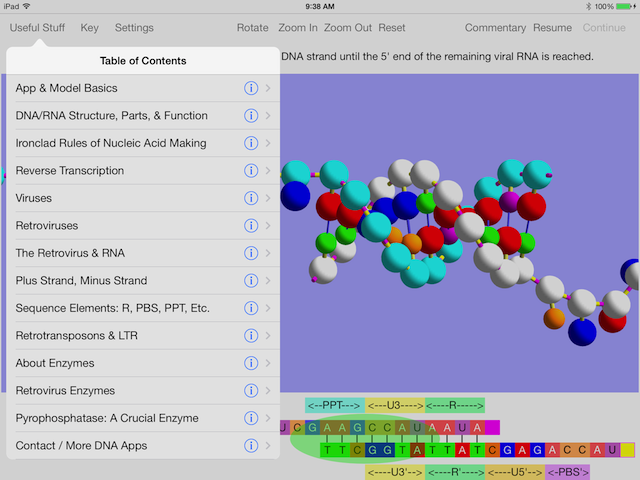
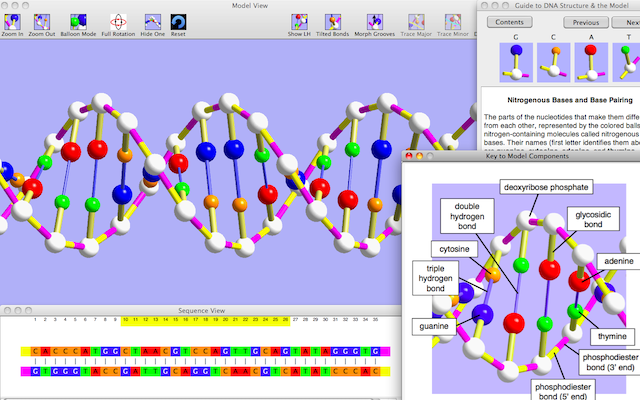
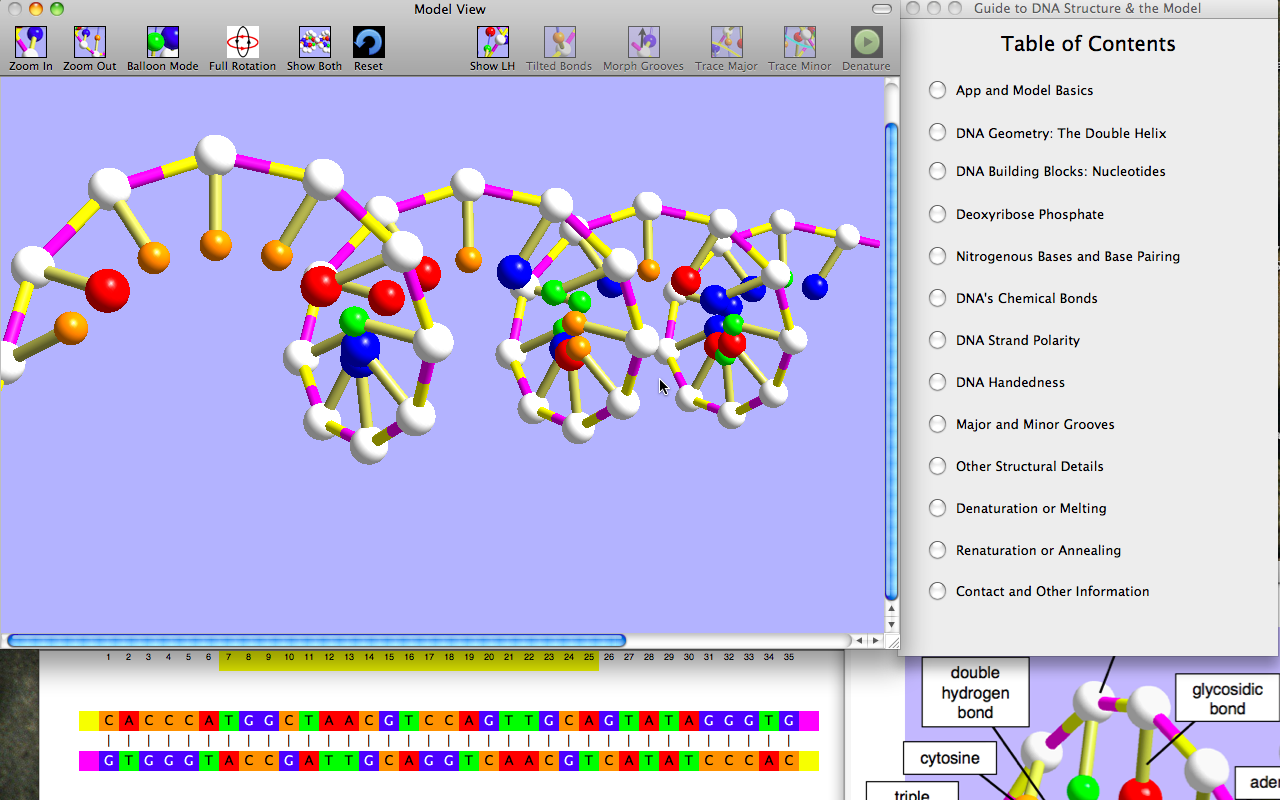
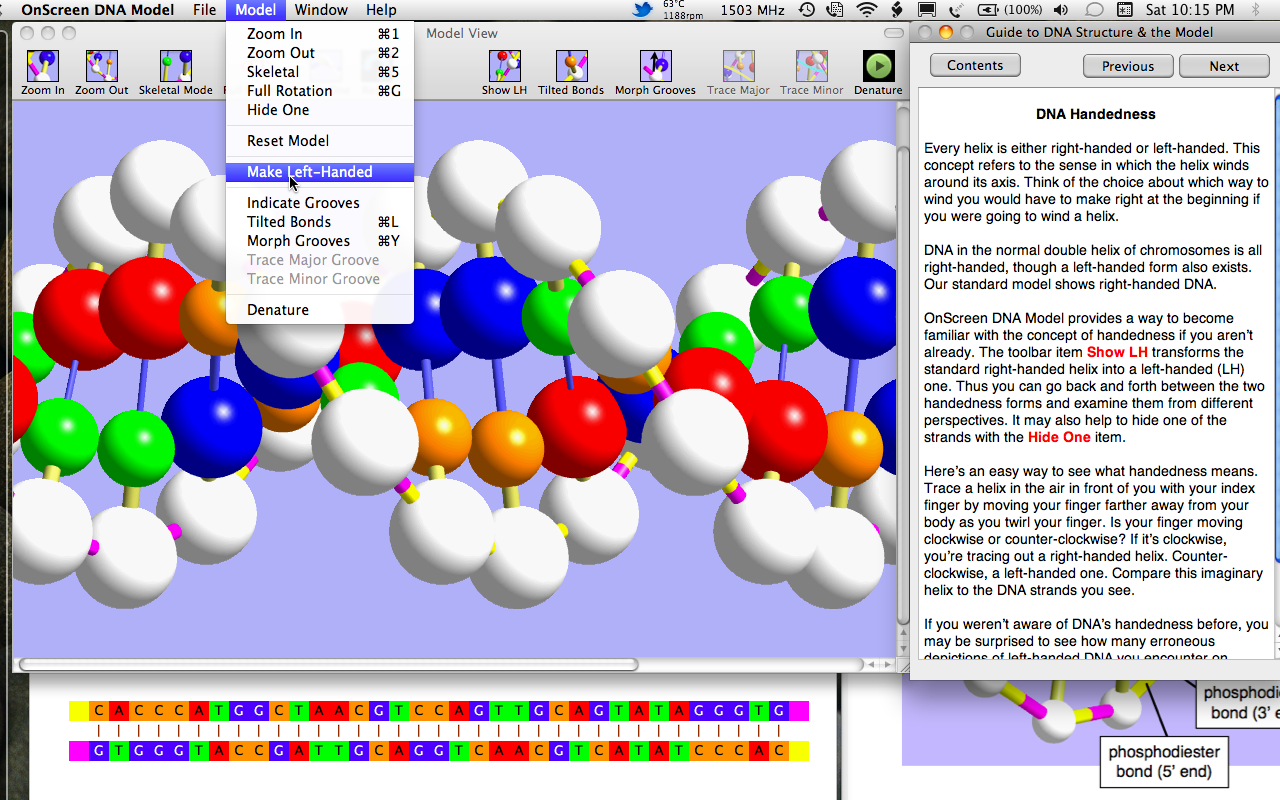
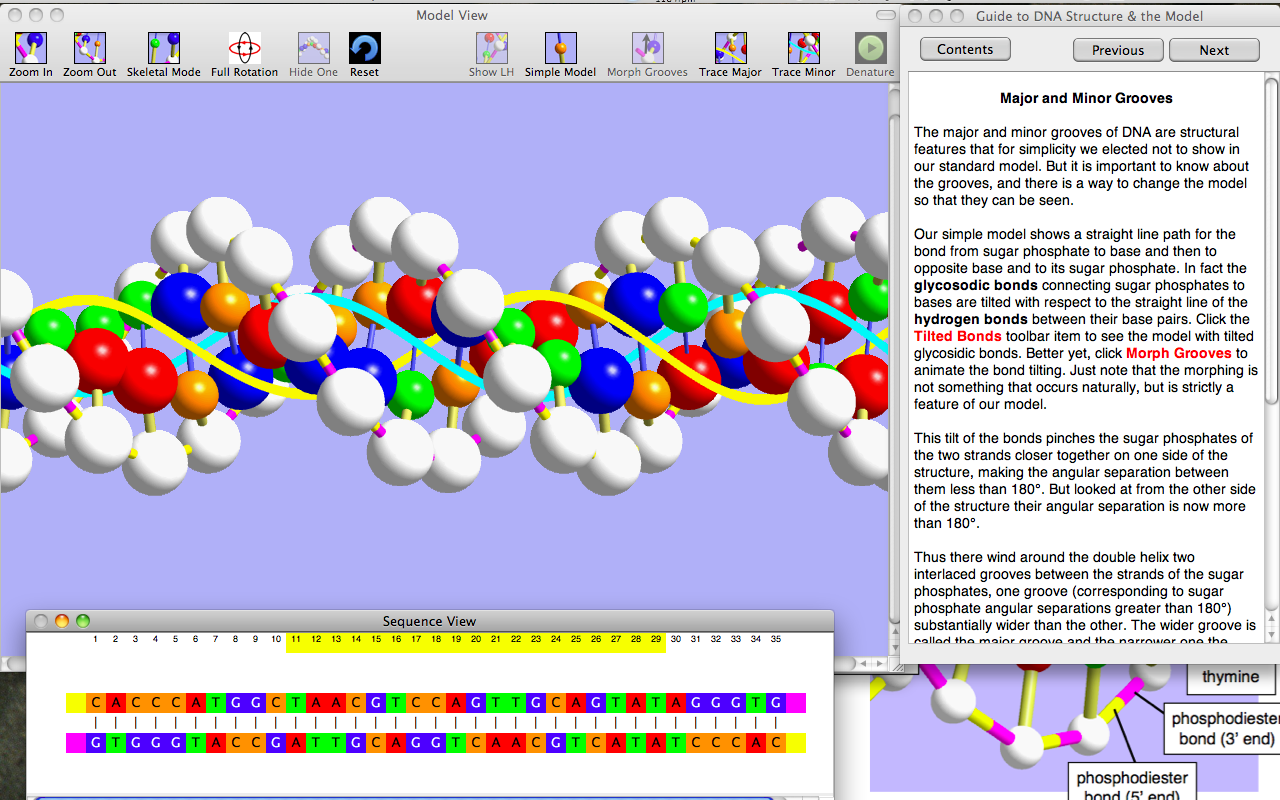
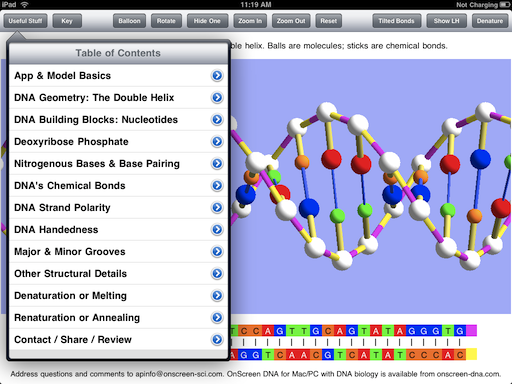

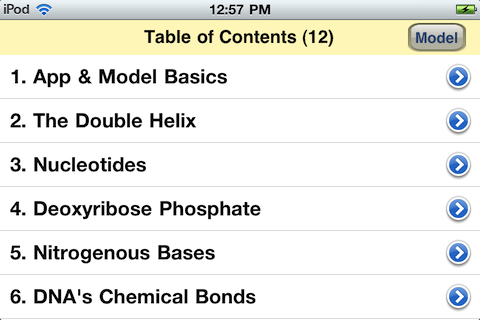
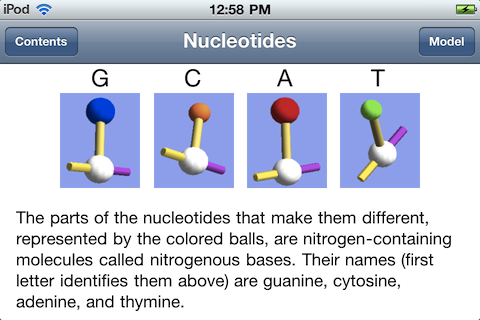
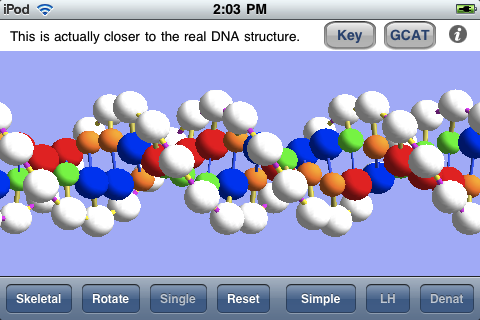




 OnScreen
OnScreen
 OnScreen
OnScreen OnScreen
OnScreen